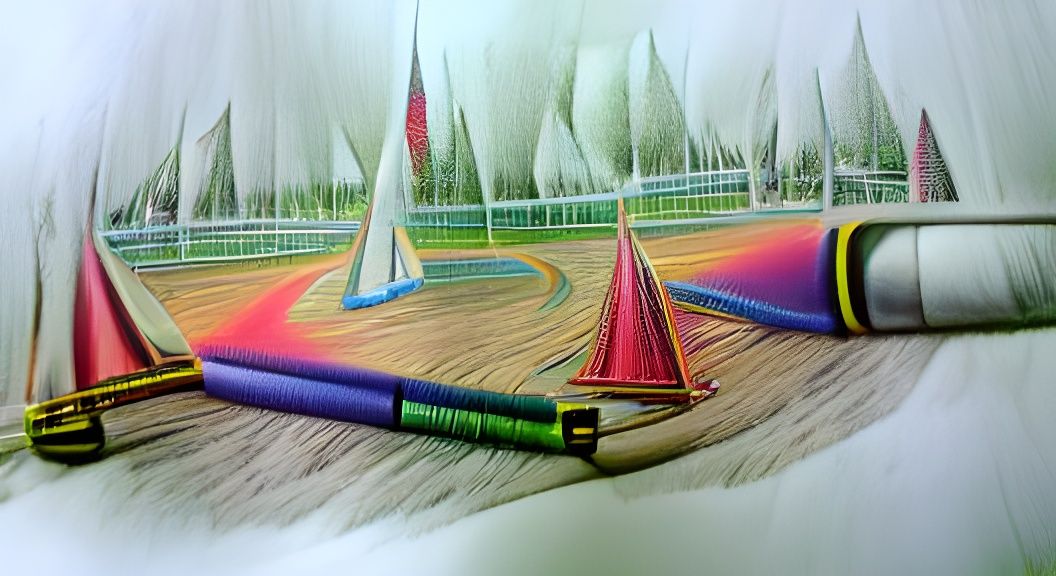Paradox Pair #29: Tacking & Course-setting
In our work a straight course is often desired, yet circumstances may require us to take a more indirect route to reach our goal. Tacking doesn't change the end goal, it adjusts our course to get there.

Sailboats harness the power of the wind to move. When the winds are favorable a sailor can set a straight-forward course. However the wind doesn't always cooperate. Sometimes a desired destination lies upwind in a place no sailing vessel can move to directly. In this case, a helmsman will need to use a special sailing maneuver referred to as tacking. During tacking the bow of the boat will alternate between sides of the direct wind direction as the sail catches the wind and brings the boat about. The boat will repeatedly cut across the wind in a zig-zag course until it reaches it's destination.
In our work a straight course is often desired too, yet circumstances may require us to take a more indirect route to reach our goal. Tacking doesn't change the end goal, it adjusts our course to get there. When we hit an obstacle we don't see it as a failure. Instead we find an alternative solution that allows us to move around the bottleneck and allows us to keep our goal in play. In complicated projects, with numerous variables and plenty of uncertainty, our initial plan of action may not survive the first attempt to implement it. Granting ourselves the option to tack can allow us to preserve the final destination even if our methods to get there need adjustment. While the shortest distance remains a straight-line, the quickest path may require us to borrow a little knowledge from sailing.
Jibing

See the whole series by using the Paradox Pairs Index




